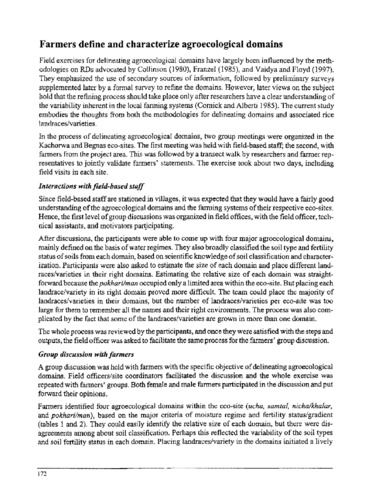Regional experience with Brachiaria: Asia, the South Pacific, and Australia
Abstract
Brachiaria species occupy about 300,000 hectares in Asia, the South Pacific, and Australia. In Asia and the South Pacific, they are the most widely grown pasture grasses in the humid and subhumid tropics; in Australia, the area to which they are adapted is relatively small, but within it, Brachiaria occupies more than half the area of improved pastures. Brachiaria mutica, the first species introduced into the region, in the late 1800s, is now widely naturalized. Since seed of B. decumbens became available in the early 1970s, this has become the most widely planted species. Brachiaria humidicola is popular in wetter areas of Asia and the South Pacific, especially with smallholders. Brachiaria ruziziensis, introduced into Australia in the late 1960s, was soon replaced there by B. decumbens; however, in recent years, it has been promoted in Northeast Thailand, where a large quantity of seed is produced. The success of Brachiaria species can be attributed to their broad adaptation and to their aggressiveness and resilience, which enable them to persist even under unfavorable conditions.

